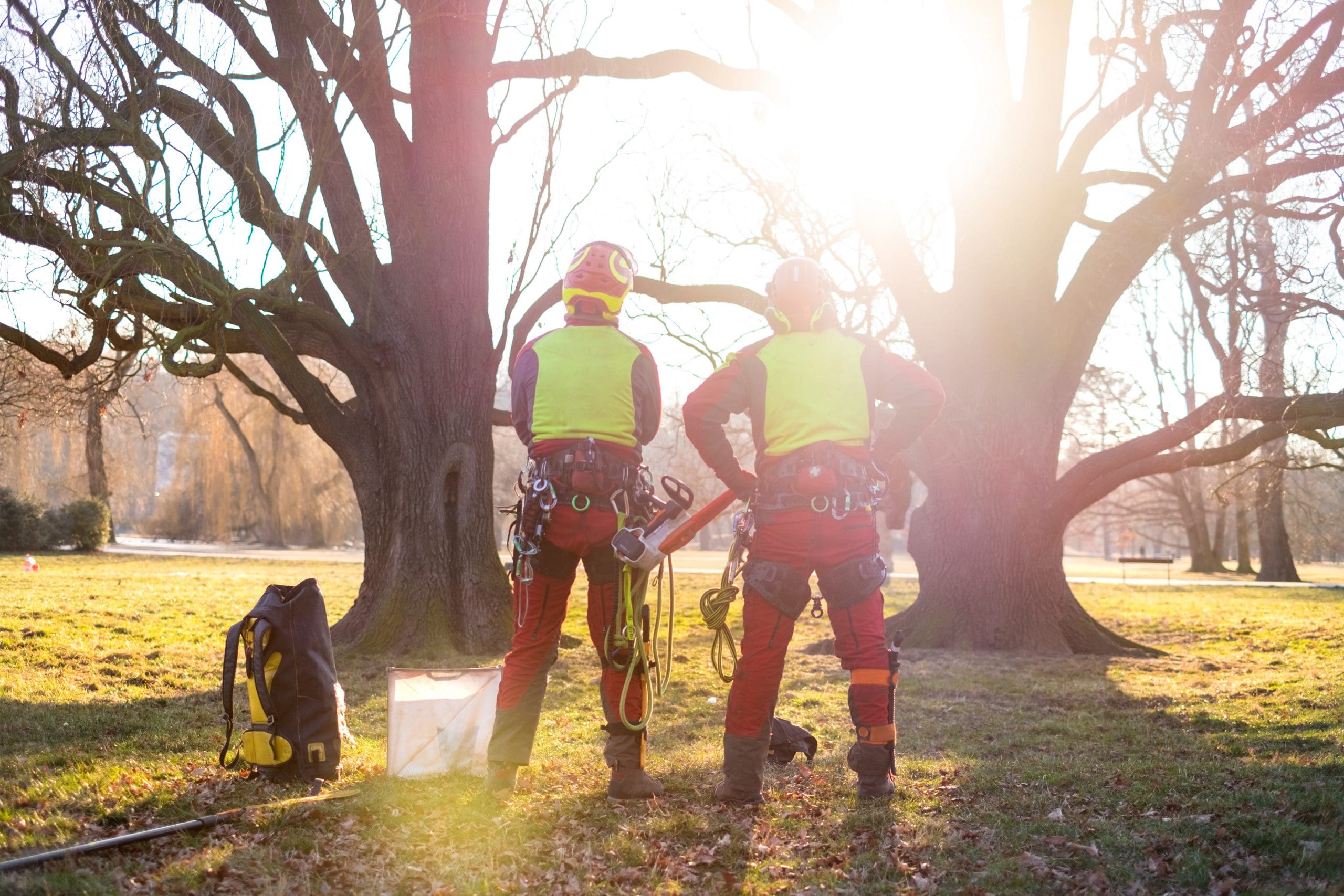
Tree work can seem like a natural addition to your existing services, especially if clients are requesting it. However, tree care work can be dangerous and should only be conducted by well-trained arborists who are familiar with safety and industry best practices.
According to the U.S. Bureau of Labor Statistics, tree worker accidents are three times higher than the average worker. Some of the main hazards include falling from or being struck by trees, injuries from chain saws and chippers and coming into contact with power lines.
In June 2021, OSHA issued a memorandum that updated the enforcement guidance for compliance safety and health officers when inspecting tree care and removal operations. The memorandum cancels OSHA’s previous tree care directive, which was issued in August 2008.
However, OSHA still does not have a specific standard for tree care operations. They are considering proposing a standard and the next step in the process is expected to take place in 2022.
Wear Proper PPE
If you or your crews are conducting tree care work, make sure you have the proper personal protective equipment (PPE). This includes helmets that protect against impact, penetration and electricity.
Eye protection should be worn to guard eyes against being poked by twigs and to prevent sawdust and woodchips from entering the eyes. Hearing protection should be used whenever chain saws and brush chippers are in use.
Tree workers should wear clothing that is durable but allows for free movement. When operating chain saws, leg protection in the form of chaps or chain saw pants should be worn to reduce the occurrence and severity of chain saw injuries.
Work boots should have good traction and protection for the feet. Gloves are highly recommended when handling rigging lines and chipping brush.
Conduct a Site Assessment
One of the best ways to ensure safety when doing tree work is conducting a pre-work assessment every time as each job may require different gear or strategies. Equipment should be inspected as part of every pre-work assessment.
The hazards may vary depending on the location, age and condition of the tree. For instance, working on a street tree adds in the hazard of vehicular and pedestrian traffic to be aware of.
Take into account if there are power lines nearby. Electrocution can occur by direct contact, indirect contact or electrical arcing. Only qualified line-clearance tree trimmers are allowed within 10 feet of energized power lines. If it is absolutely necessary to work near a power line to complete a job, contact the utility company before starting the job as they can de-energize or shield the line.
Also, be weather aware. Wind, rain or ice can all put an arborist in danger so don’t be afraid to reschedule a job if the conditions are not safe.
Preventing Falls
Falls, specifically falls to lower levels, account for about 44 percent of all fatal injuries among tree workers.
Whenever climbing a tree, use ropes or harnesses. Do not free climb. Most falls occur when climber disconnect their climbing lines when repositioning or if there is a failure with their anchor, the branch for their tie-in point. Workers should never anchor to the limb they are cutting on.
Even if you’ve checked a tree over in the pre-work assessment, pay attention to split, weak or dead branches as you climb. These should be removed as soon as possible. Don’t put all your weight on a single branch. Distribute your weight to reduce the risk of breaking a branch.
If a tree is dead or unsafe to climb, an aerial lift might be a better option for the job. However, falls can still occur when using aerial lifts. This can happen by overreaching and not wearing a fall protection harness.
While these safety tips may seem like common sense, it’s important to not assume they don’t apply to you or your crew. No one plans on getting hurt but following best safety practices will mitigate these types of injuries from occurring.

